Germany
2020 TSRQ3 – Infrastructure: Human Spaceflight


Since Yuri Gagarin’s orbital flight around the Earth in April 1961, humans in pioneering new technologies and pushing the limits of what’s considered possible. This year ushered in a new era of human spaceflight when SpaceX became the first . . .
2020 TSRQ2 – Infrastructure: Spacecraft/Satellites Overview


Spacecraft deployment numbers rose by five in 2019, increasing slightly to 466 spacecraft deployments last year. While deployments moved up, space vehicle launch attempts decreased from 114 in 2018 to 103 in 2019. The difference between. . .
2019 TSRQ3 – Education STEM Proficiency
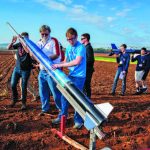
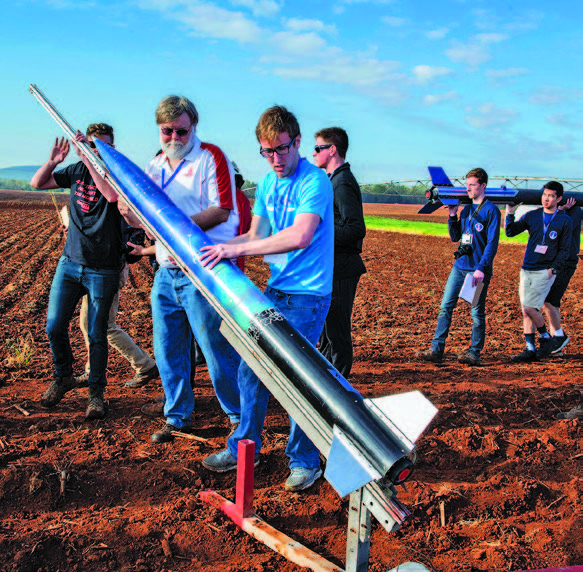
The science, technology, engineering, and mathematics (STEM) workforce is at the core of the space industry—from the mathematicians and astronomers who analyze space to the engineers who design and build the launch vehicles that get us there. This workforce is enabled . . .
2019 TSRQ2 – Economy: Non-U.S. Government Space Investment

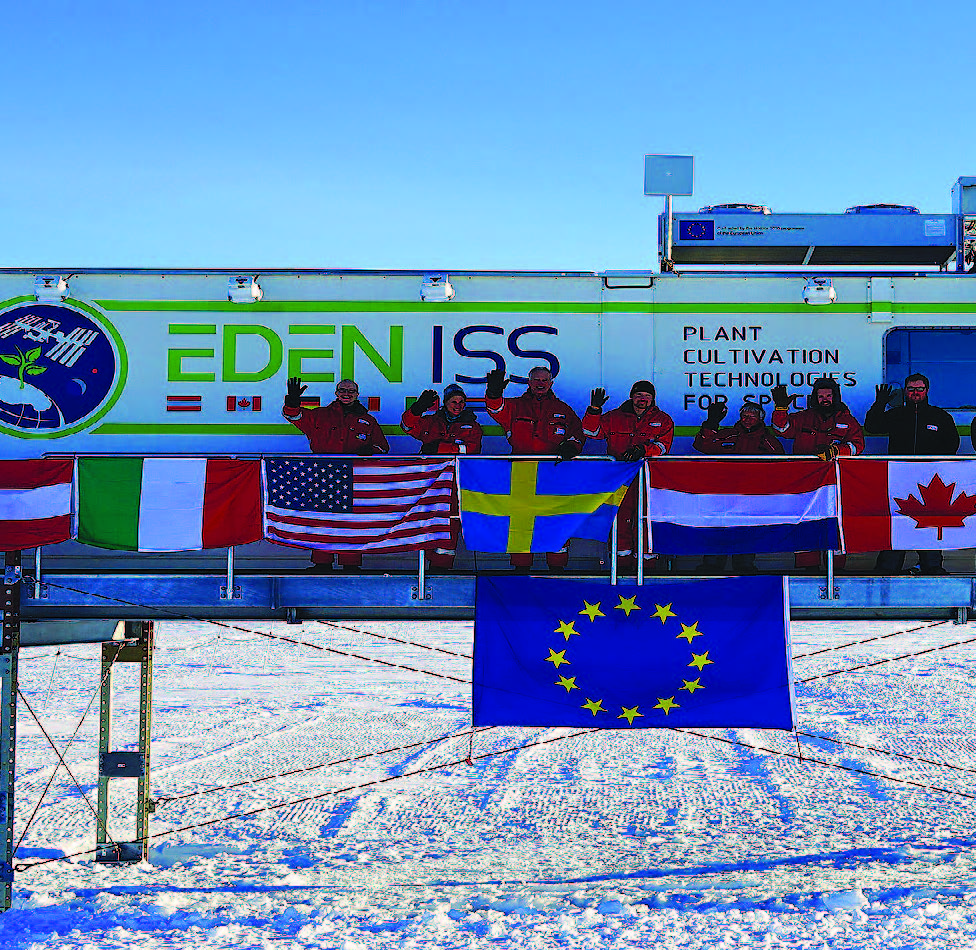
Growth in the government investment sector of the space economy outpaced commercial sectors as the U.S. and non-U.S. government shares of the global space economy between 2017 and 2018. . .
2019 TSRQ2 – Workforce: Domestic and International Space Industry Employment
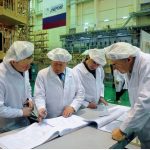
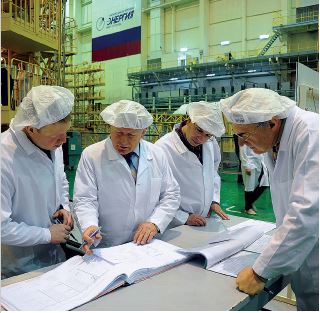
The global space industry employs hundreds of thousands of highly skilled individuals to design, produce, and operate cutting-edge technology. This dynamic workforce contributes to local economies, with clusters of innovative companies and service . . .
2019 Global Space Economy Analysis

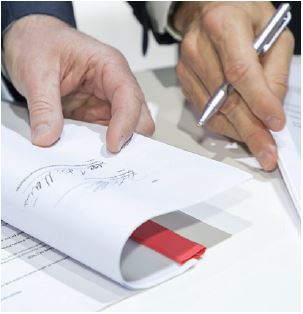
Space is a global enterprise, with companies, private backers, and nations around the world investing in commercial, civil, and defense space sectors.
2019 TSRQ1 – Infrastructure: Spacecraft Overview
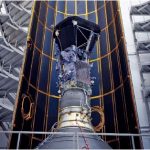
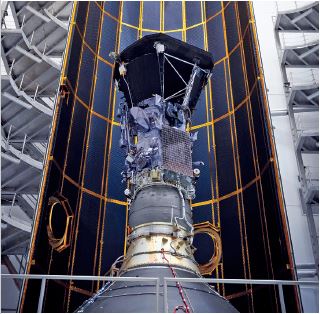
As of March 6, 2019, information was available about 38 nations that deployed and operated 465 spacecraft during 2018. The number of nations operating spacecraft grew 10% from 2017 to 2018, with 75 total nations operating spacecraft. While . . .
2018 – Communications Satellites Mission Segment Breakdown – Snapshot
The majority of communications satellites deployed in 2018, 66% (85), were for commercial purposes. Civil government missions ranked . . .
2018 – Workforce: Space Workforce
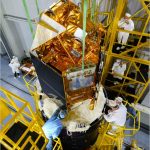
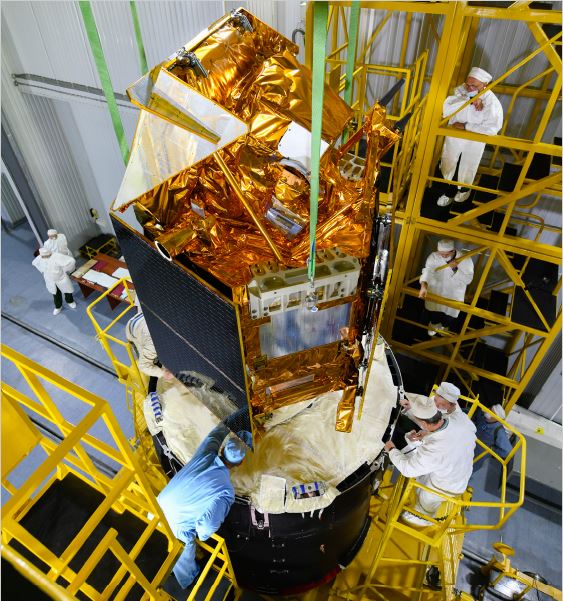
The global space industry employs hundreds of thousands of individuals in well-paid cutting-edge technology jobs, and it relies on a pool of highly qualified workers to fill new jobs as they arise. Trends among this workforce, including its size, age breakdown, average pay . . .
2018 – Infrastructure: Space Infrastructure
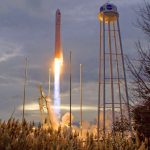
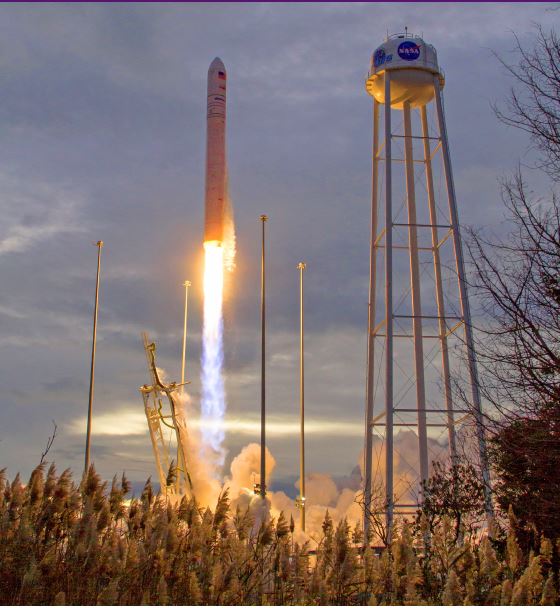
Space infrastructure, like its terrestrial counterpart, is an invisible backbone for services used by people all over the world. Like terrestrial infrastructure, space infrastructure is increasingly relied upon for convenience, services, and . . .